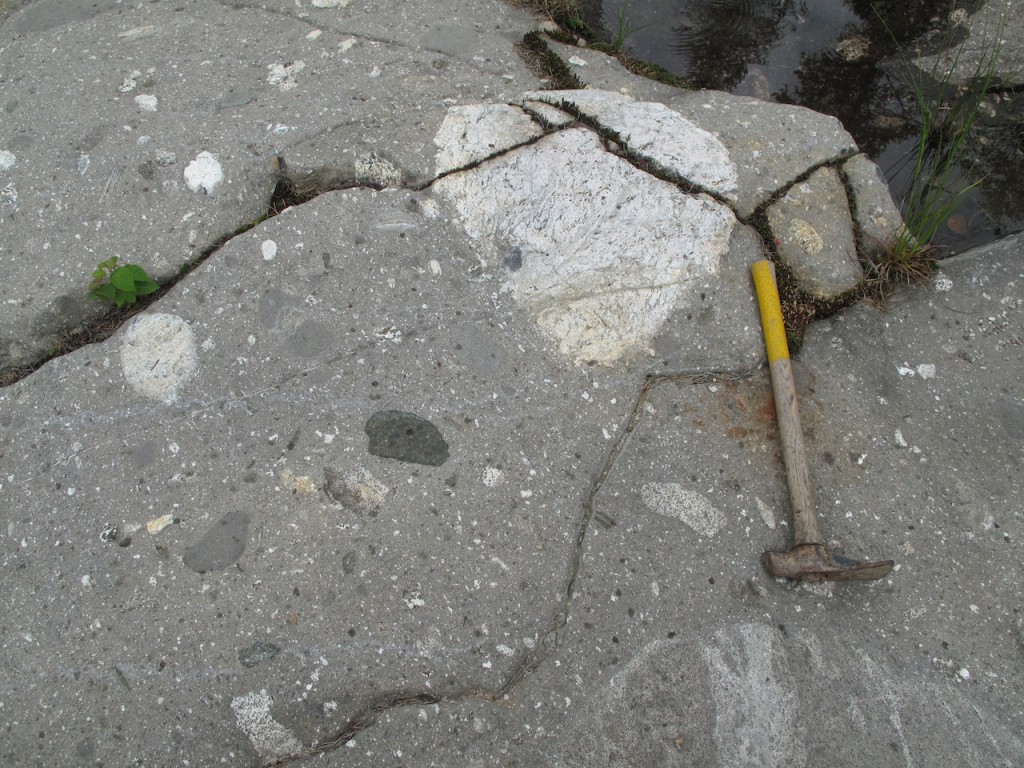One of the less well known aspects of impact events is the production of economic mineral and hydrocarbon deposits. Indeed, it is estimated that approximately 25% of all impact craters on Earth contain economic resources of one form or another. Resource deposits at impact structures in to 3 main categories: progenetic, syngenetic, epigenetic. Progenetic deposits are those that formed prior to the impact event by endogenic mechanisms. The subsequent impact event then caused spatial redistribution of these deposits, typically bringing them closer to the surface, where they then become economically viable. Syngenetic deposits are those that form as a direct consequence of the impact event and form either during or immediately post-impact. Ores generated through differentiation of impact melt – common at Sudbury – are a prime example. Hydrothermal systems following an impact event, also form as a direct result of the impact process and are also considered syngenetic. Epigenetic deposits are those that take advantage of the formation of an enclosed topographic basin and/or unique structural aspects of impact structures, such as faults and fractures (e.g., oil shales and oil and gas accumulations).
My economic geology interests are focused on understanding ore deposits at the ~200 km diameter impact structure ~1.85 Ga Sudbury impact structure, Ontario. The Ni–Cu ores of the Sudbury region were first discovered in 1883. Since then, Sudbury has grown to be the richest mining district in North America. A common classification for the Cu-Ni-PGE deposits at Sudbury is: 1) SIC–footwall contact deposits; 2) footwall vein deposits; 3) offset dyke deposits; and 4) sheared deposits.
Despite the proven and potential economic benefits of resource development at Sudbury, there are still major outstanding questions concerning our understanding of the structure and its ore deposits. The overarching goal of Dr. Osinski’s research is to further the understanding of large-scale impact-related processes and structures that control mineralization in the more non-traditional Cu-Ni-PGE ore deposits distal to the Sudbury Igneous Complex (SIC)-footwall contact at the Sudbury impact structure, Ontario. In partnership with Wallbridge Mining Company Limited, he is working on a series of research questions concerning the origin of Sudbury Breccia, host to footwall vein deposits, and Offset Dykes at Sudbury and their mineralization.
